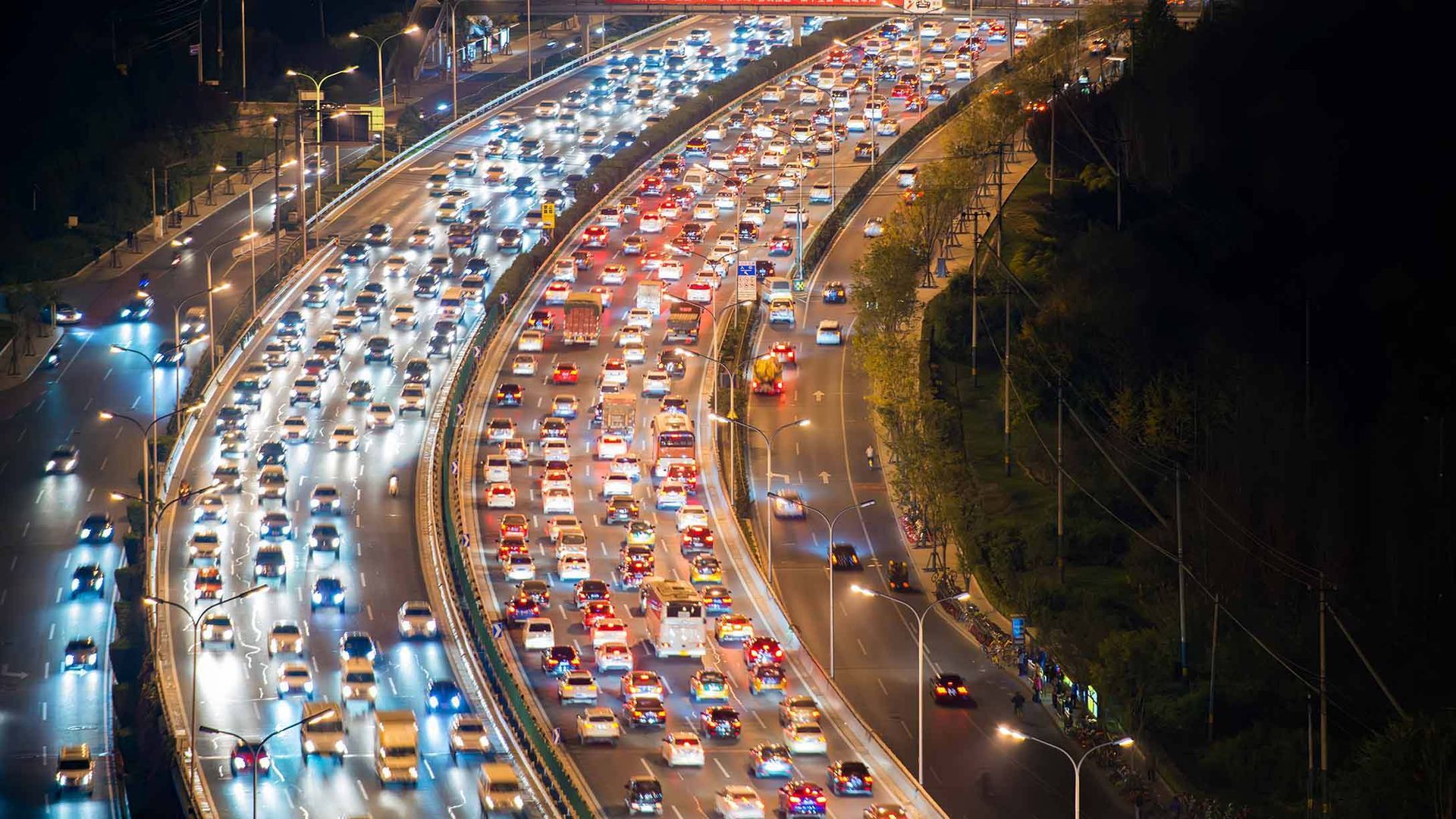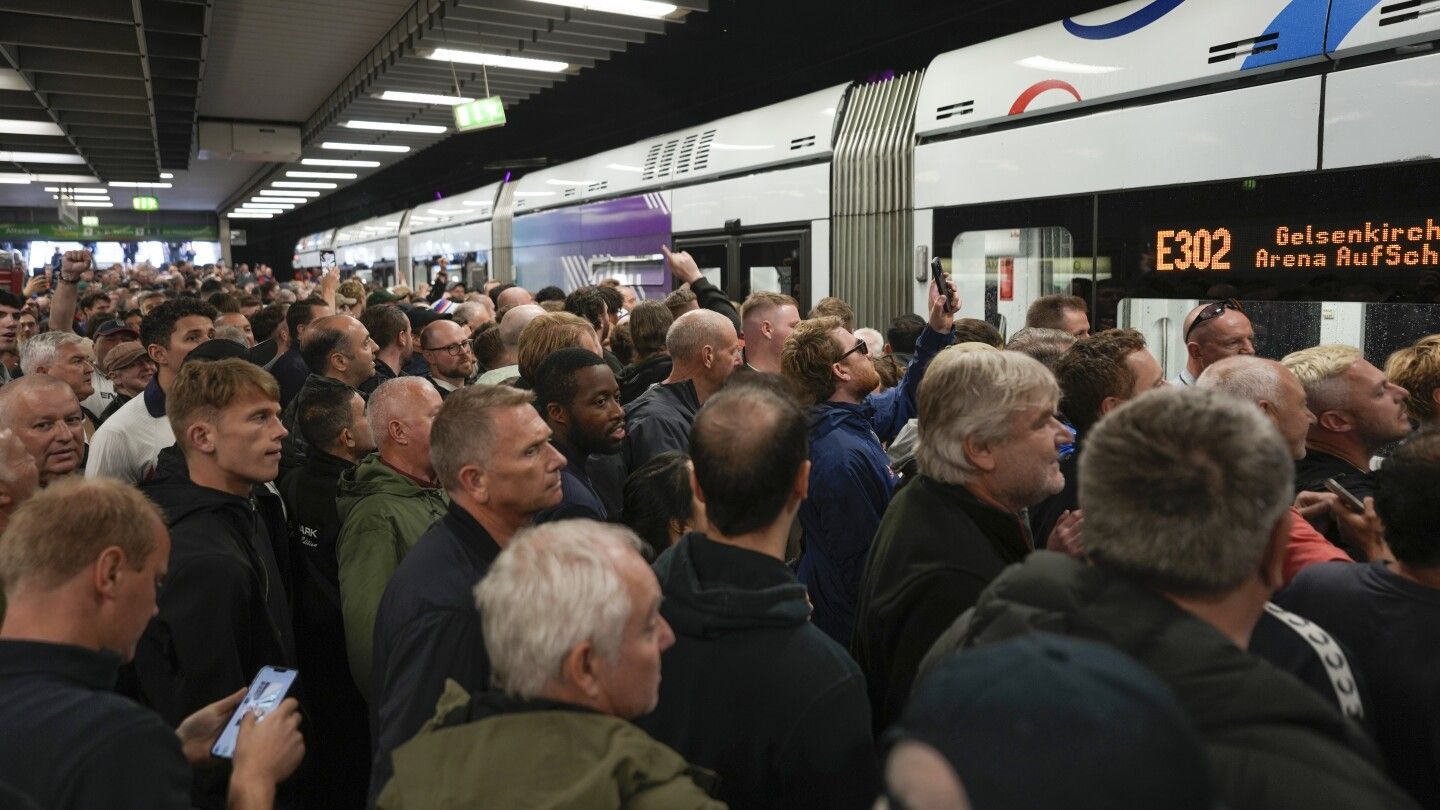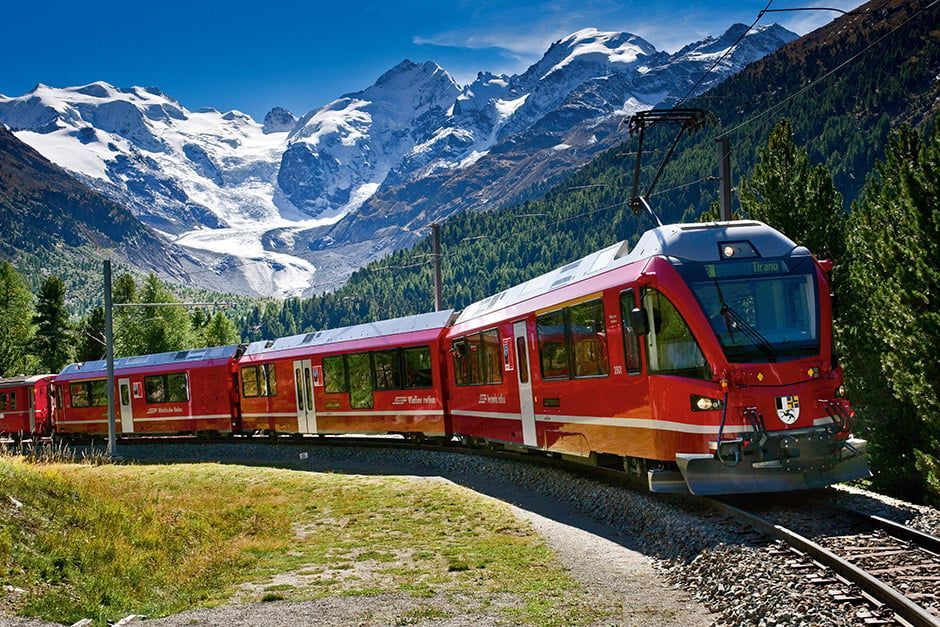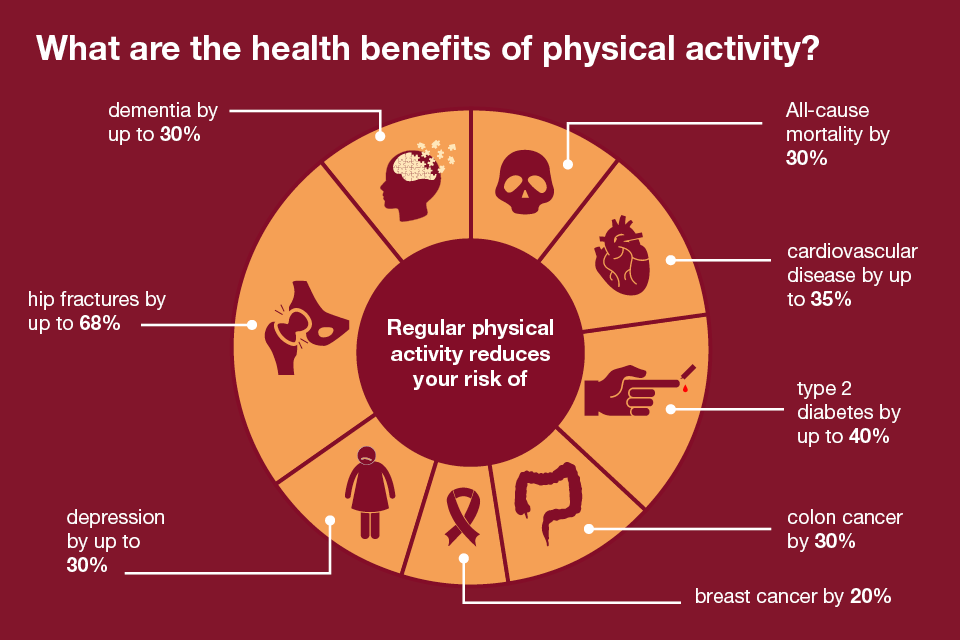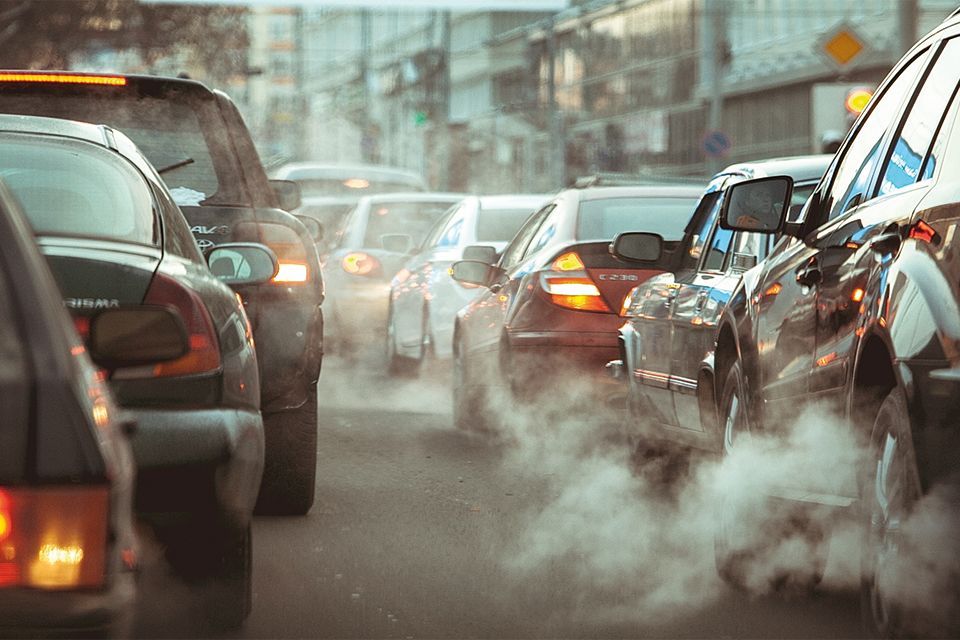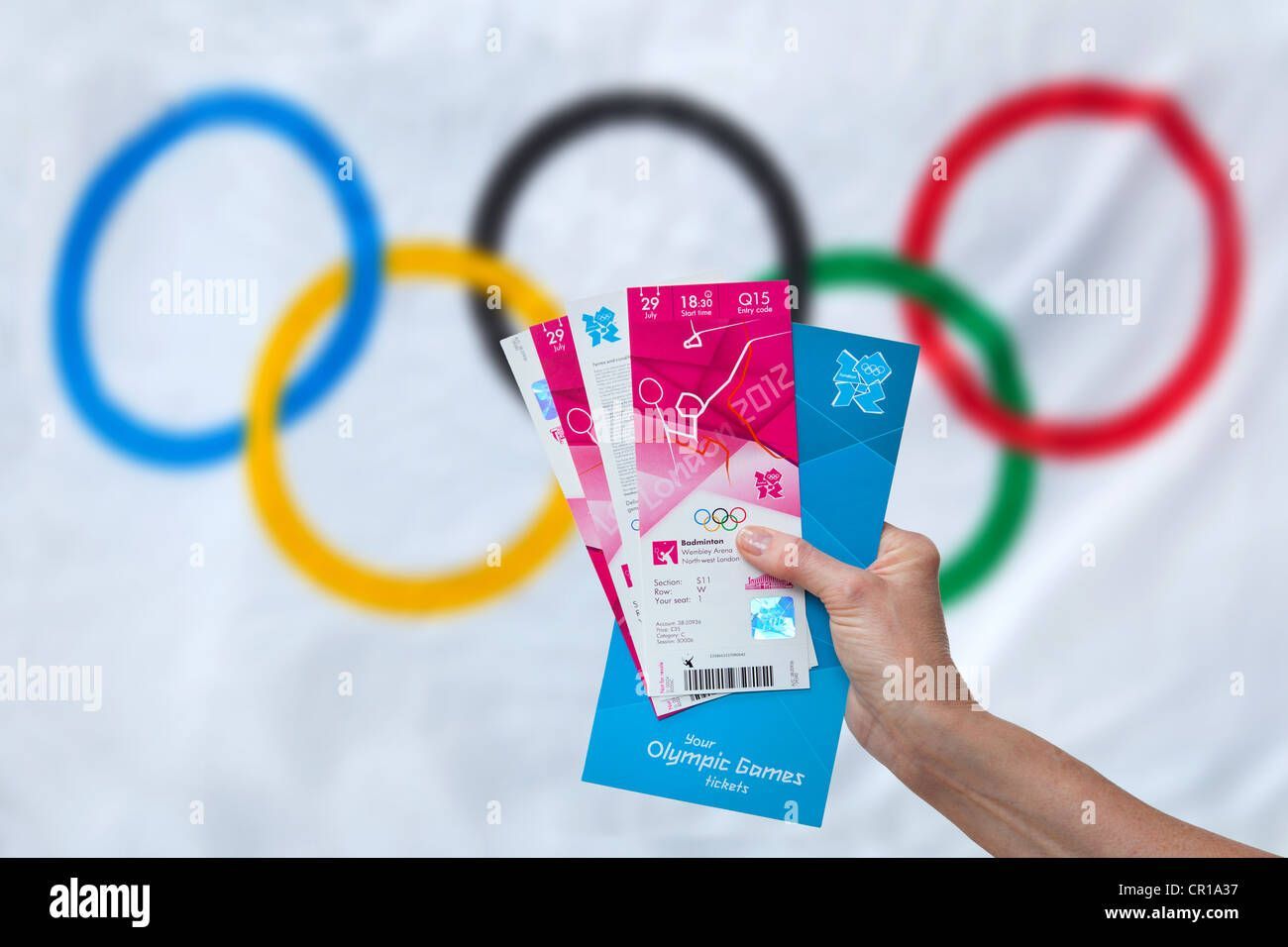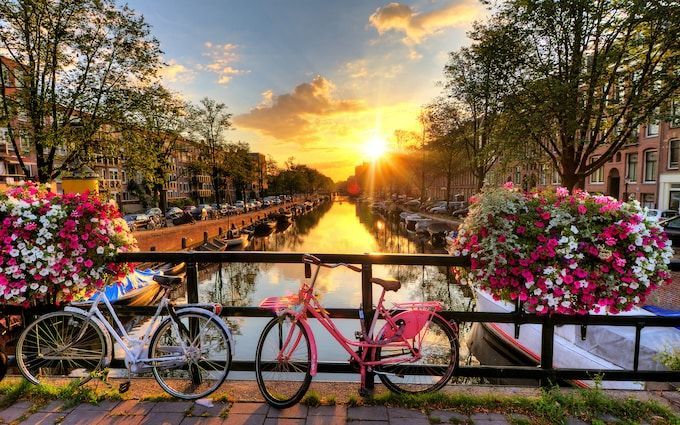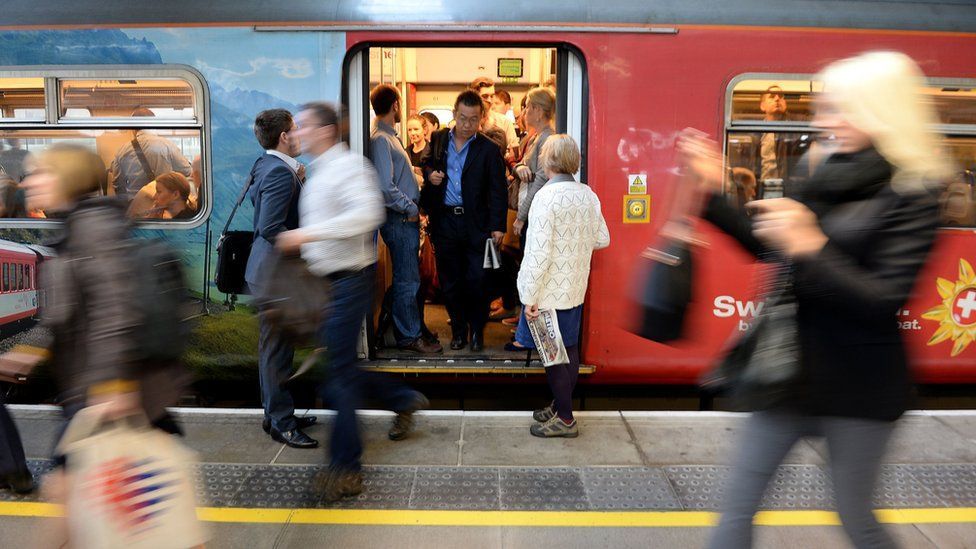The road to Cardiff 2017
A story about the challenges associated with running the UEFA Champions League Final 2017.
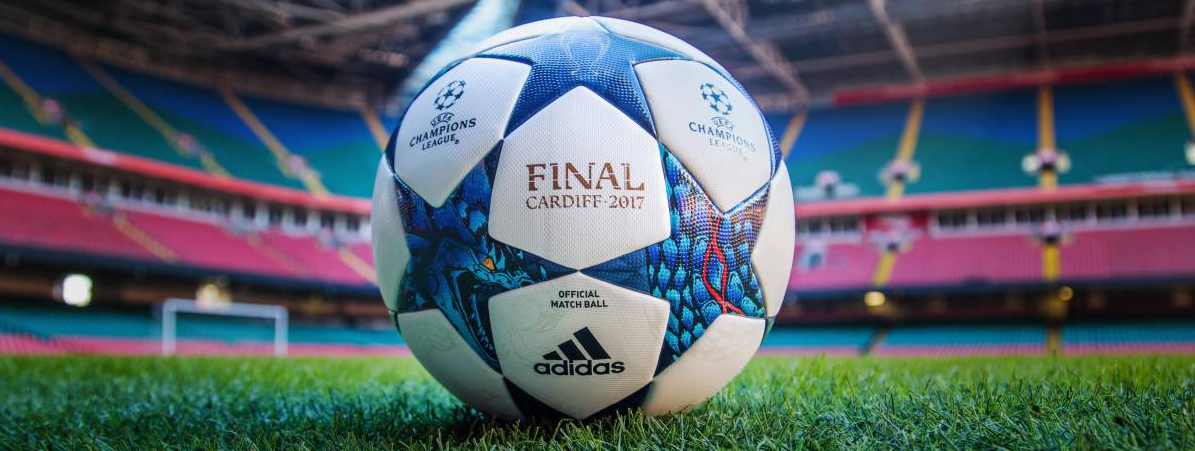
Cardiff, capital of Wales UK, attracted its largest number of people ever to the City to watch the UEFA Champions League Final. Over 200,000 people came from across the world to watch. An unprecedented change in local travel and effective spectator travel behaviour was required. Read about the integrated transport communications programme we led to deliver a 40% change in local travel behaviour.
Imagine the scene on Saturday 3 June 2017. A City with a population of just over 250,000 having to accommodate over 300,000 local, national and international guests within it’s 2 square mile centre to be part of the world’s most watched single sporting event – the UEFA Champions League Final - between two of the world’s largest football clubs Juventus and Real Madrid. The Principality Stadium (known as the National Stadium of Wales for the event) being the focal point for the excitement.
This City was too small too host such an event they said, this City’s transport system could not cope, they said, and perhaps not surprising. A city with a single already busy mainline railway station, a strategic road network with a known bottle-neck on its approach to the City and a central area with the largest extent of roads closed known in its history plus a modest sized international airport. A City with a chequered history of being able to host large scale events without some sort of road or train disruption. The law of physics says that it should not be possible for an event of this scale and nature to have happened without ensuing transport chaos.
The City was Cardiff and the outcome was better than anyone could have imagined – thanks in no small part to multi-agency planning that went on for many months and weeks in advance.
The event delivery partners - UEFA, Welsh Government, Football Association of Wales, City of Cardiff Council and South Wales Police - had significant concerns before the event about the ability of the City’s transport system to cope with the estimated demand (200,000 being the original estimate) and the potential reputational risk on the capacity for Wales’ capital City to host this and any future global spectacle. With over 200 million people expected to watch the 90 minutes of football it was paramount that sport and not transport hit the headlines.
Whilst investment was made in operational transport solutions including additional high-speed train services to and from London and additional park and ride/walk there remained doubt as to whether the City would cope and in particular whether the 3 hour queues for trains back to London during the Rugby World Cup 2015, or the 25 mile long motorway queues from recent pop concerts, would manifest themselves again.
Recognising that it would be impossible for sufficient additional transport capacity to be created for this demand, and with a little over 18 weeks remaining before this prestigious event, the organisers confirmed funding for a travel demand management programme designed to influence the travel behaviour of event goers and background demand (those in the area but not going to the event) aimed at spreading the demand for across the transport system. The objective being to encourage background demand to avoid potential disruption by travelling at alternative times, via alternative routes, using alternative modes and in some cases by not travelling at all. At the same time it was imperative that event goers understood their travel options and knew the best way to get there.
In the Round were commissioned to develop and then deliver the travel demand management programme for the Event and set about the task. With significant reliance on key stakeholders, in addition to the main partners, including Great Western Railway, Arriva Trains Wales, Cross Country Trains, National Express Coaches, Highways England, Cardiff and Bristol Airports, an integrated programme was then developed. This was done with the support of Steer Davies Gleave who developed a complementary Travel Guide App to aid journey planning and event going.
So, why the reasons for this success? Much was down to the collaborative environment created by our team with key delivery partners and other stakeholders and their willingness to embrace the principles of the programme and play their part in its delivery. A significant amount of the success was due to understanding where the pressure points on the transport system would come and ensuring the marketing and communications activities were geographically targeted to these areas. The success was also due to devising a creative marketing campaign and associated messaging that would resonate with background demand audience in such a way that it placed the importance of changing travel behaviours at the centre of their mind without detracting from the excitement and draw of the event. Finally, the early engagement with the communications teams of the finalist clubs was critical in ensuring that their fans received travel advice and information in a way that would be most well received. The joint working right through to co-located transport communications hub across all main agencies ensured a robust approach right through to and beyond the final whistle.
Plenty was learnt along the way too. Even earlier engagement with the Clubs and others responsible for communicating to the visiting fans would be important, ensuring a consistent spectator experience from mapping received to pedestrian and road way-finding could have been improved, a consistent approach to translation to ensure all advice and information was available in the mother tongue of Club finalists would have been good, as would an even more robust approach to working with the business community across the area to enable them to prepare for the very different operating models that some were faced with.
In legacy terms it is perhaps disappointing the journey planning App created for the event could not have been commissioned in such a way that it could live on, similarly the creative campaign created for the event could have been commissioned in such a way that it could be used for all future events in the City (or at least at the Stadium) and the social media following created for the event could not be more actively captured and worked with post event.
Operationally, greater care could be paid to ensuring local walking and cycling routes and information were maintained and enhanced as much as possible and much closer attention paid to ensuring the wayfinding for pedestrians in particular was much more consistent across the City for spectators.
All in all though with an unprecedented change in travel behaviour of the local community of about 40%, In the Round is proud to have worked alongside its client group to be part of delivering the biggest, busiest event that Cardiff has ever seen. With many trains running at capacity throughout the day, with waiting times at stations well below the target 90 minutes maximum and with traffic levels estimated to be 20% lower than a normal Saturday there is no doubt that the transport marketing communications programme developed by us and delivered in partnership with all agencies had a major influence on ensuring that the 300,000 people in the City that day used transport in the way that worked for everyone.
When taking into account how all aspects of the planning for the event went, from volunteering, to security, to accommodation, to the match itself we hope that the success of the Event will go a long way to ensuring that this fine City (yes I am a Welshman!) has done nothing but enhanced it’s chances of hosting other prestigious Events in the future.
